22 Feb
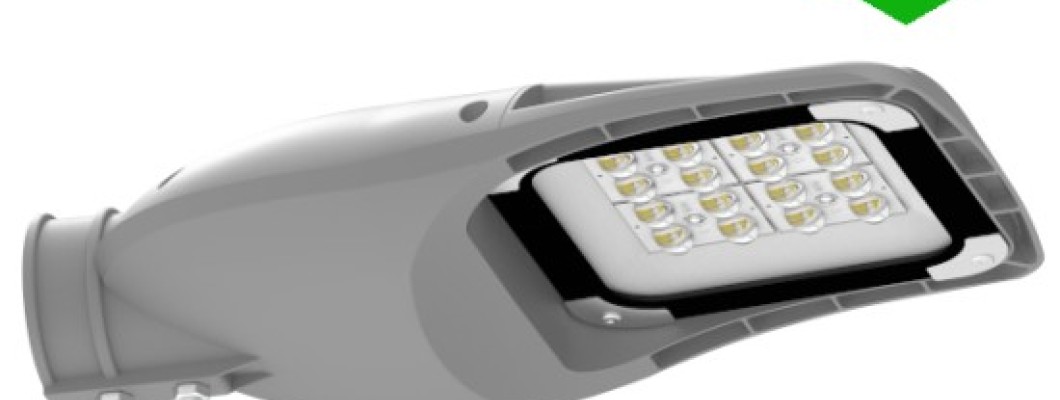

What is an ECO Street Light?
An ECO street light is an energy-efficient lighting system designed to reduce electricity consumption and environmental impact. Typically powered by LED technology and sometimes integrated with solar panels, these lights provide long-lasting and cost-effective illumination. Unlike traditional street lights that rely on high-energy-consuming bulbs, ECO street lights use advanced materials and smart controls to enhance performance. They are designed to be durable, weather-resistant, and low-maintenance, making them ideal for a wide range of outdoor applications. With their focus on sustainability and efficiency, ECO street lights contribute to reducing carbon footprints and lowering energy costs.

Where Can ECO Street Lights Be Used?
ECO street lights are highly versatile and can be installed in various locations to enhance visibility and safety while reducing energy costs. They are ideal for streets and highways, providing energy-efficient road lighting that improves nighttime driving conditions. In parking lots, they offer bright illumination, enhancing security and reducing electricity expenses. Storefronts and shopping centres benefit from these lights by ensuring better visibility for customers and creating a welcoming atmosphere. Gas stations and fast food outlets also utilise ECO street lights to maintain well-lit areas, improving customer experience and staff safety. Their adaptability makes them a preferred choice for municipalities, businesses, and private properties seeking cost-effective and environmentally friendly lighting solutions.
Why Are ECO Street Lights Better Than Traditional Lights?
ECO street lights outperform traditional street lights in several ways. They use LED bulbs, which last up to 50,000 hours or more, compared to the shorter lifespan of halogen or incandescent bulbs. Their lower energy consumption reduces electricity bills and maintenance costs. Many ECO streetlights include solar-powered options, eliminating reliance on the grid and reducing carbon emissions. They also provide better light quality, offering brighter and more uniform illumination with minimal glare. Additionally, smart technology integration allows for motion sensors and dimming features, further enhancing efficiency and performance while reducing unnecessary energy use.


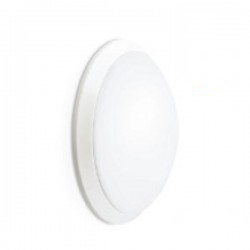
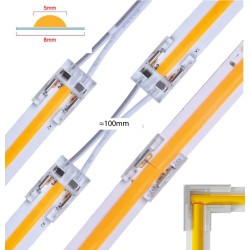
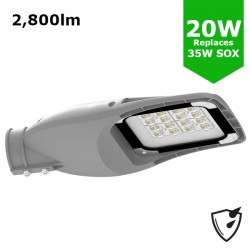
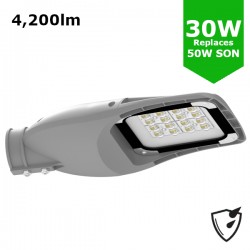
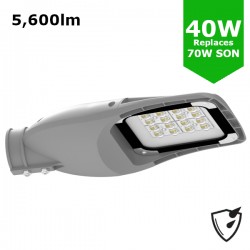
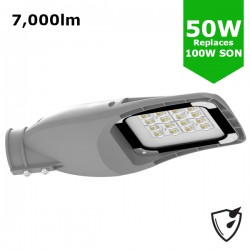
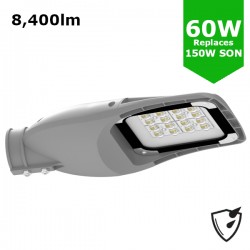
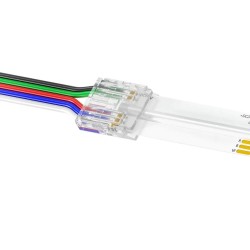

Leave a Comment